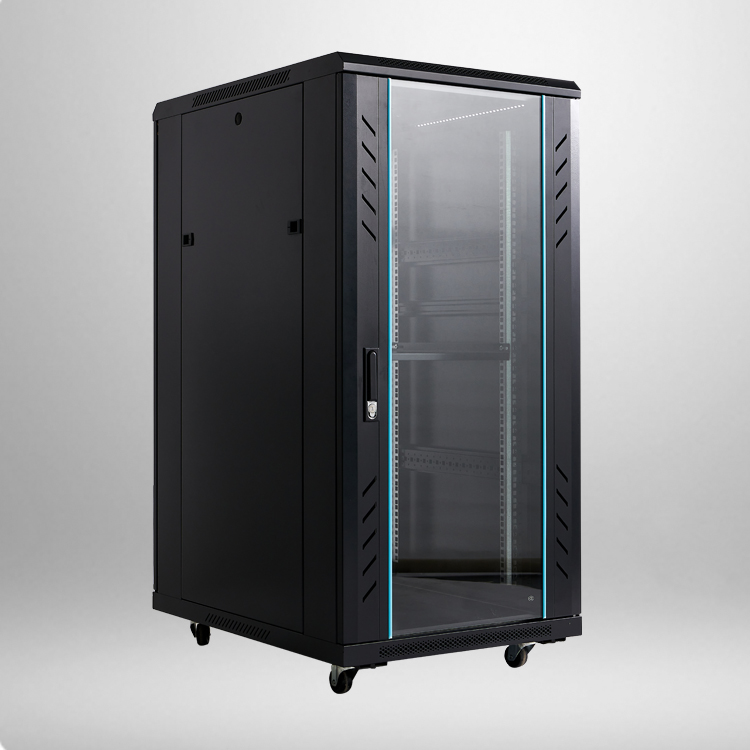
In the modern era of technology, server cabinets have become an essential component for any organization that relies on a server infrastructure. These cabinets are designed to house and protect server equipment, optimize performance, and improve efficiency. With advancements in technology, modern server cabinets are equipped with key features that enable optimal performance.
One of the crucial aspects of a modern server cabinet is its ventilation system. As server equipment generates a significant amount of heat, proper ventilation helps dissipate the heat efficiently. Server cabinets now feature perforated doors, side panels, and top and bottom covers to ensure adequate airflow and cooling. Additionally, these cabinets may incorporate fans or fan trays to enhance ventilation further.
With the increasing number of devices and cables in a server cabinet, cable management has become a critical consideration. Modern server cabinets offer various cable management features, such as cable management rings, cable ducts, and cable channels. These features help organize and route the cables properly, reducing clutter and improving airflow.
Server cabinets play a crucial role in protecting sensitive data and equipment from unauthorized access. To enhance security, modern server cabinets feature robust locking mechanisms, such as keyed locks, electronic locks, or biometric locks. Some cabinets also come with alarm systems that trigger notifications in the event of unauthorized access or tampering.
Monitoring the performance and health of server equipment is vital for optimal performance and preemptive maintenance. Modern server cabinets can include integrated monitoring systems that provide real-time data on temperature, humidity, power consumption, and other environmental factors. This allows administrators to monitor and address any potential issues proactively.
Modern server cabinets incorporate several key features to ensure optimal performance, efficiency, and protection of server equipment. These cabinets are equipped with ventilation systems, cable management features, security mechanisms, monitoring systems, power management solutions, scalability options, noise reduction capabilities, and physical durability. By considering these features when choosing server cabinets, organizations can create a reliable and efficient server infrastructure.


